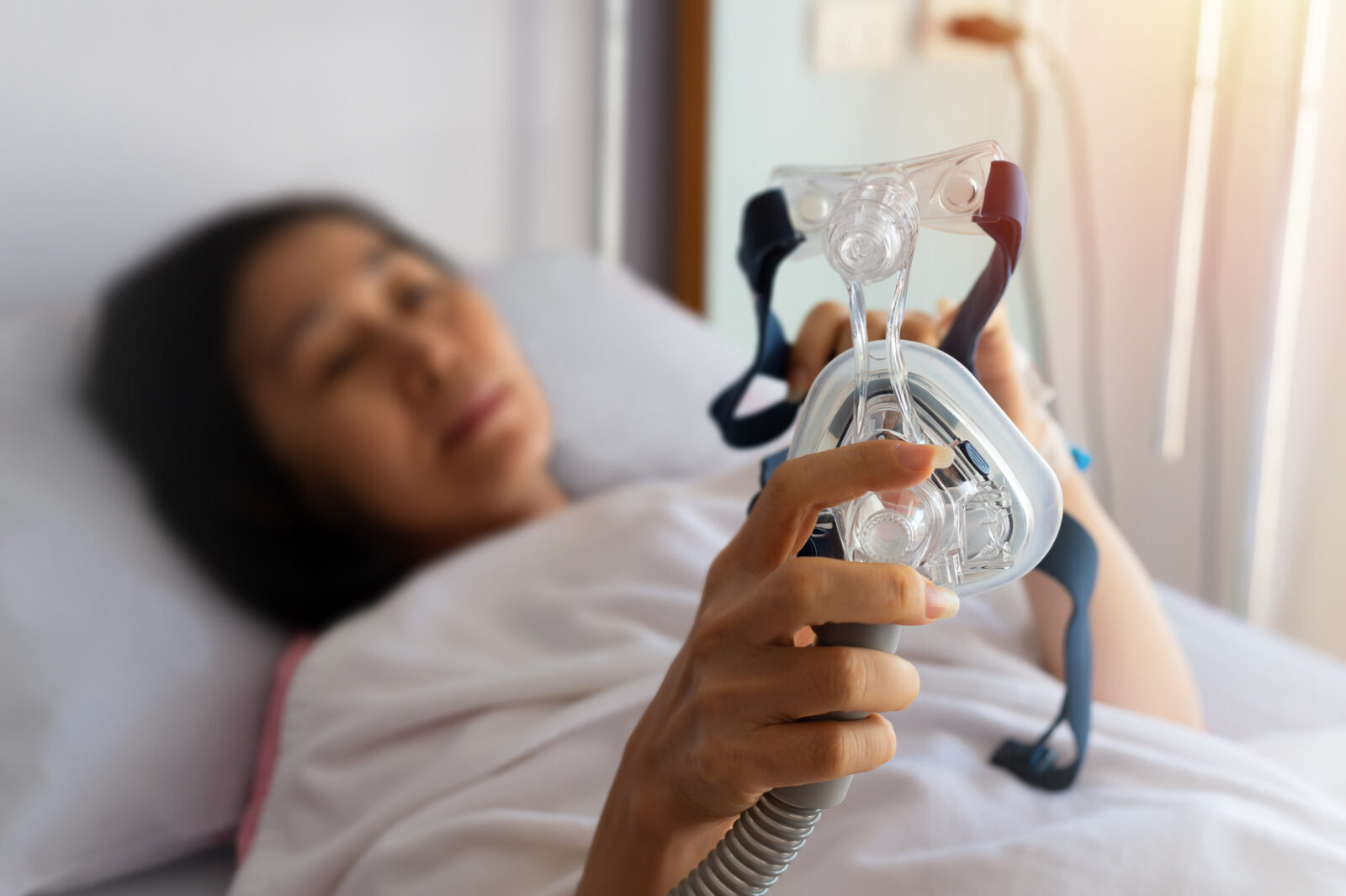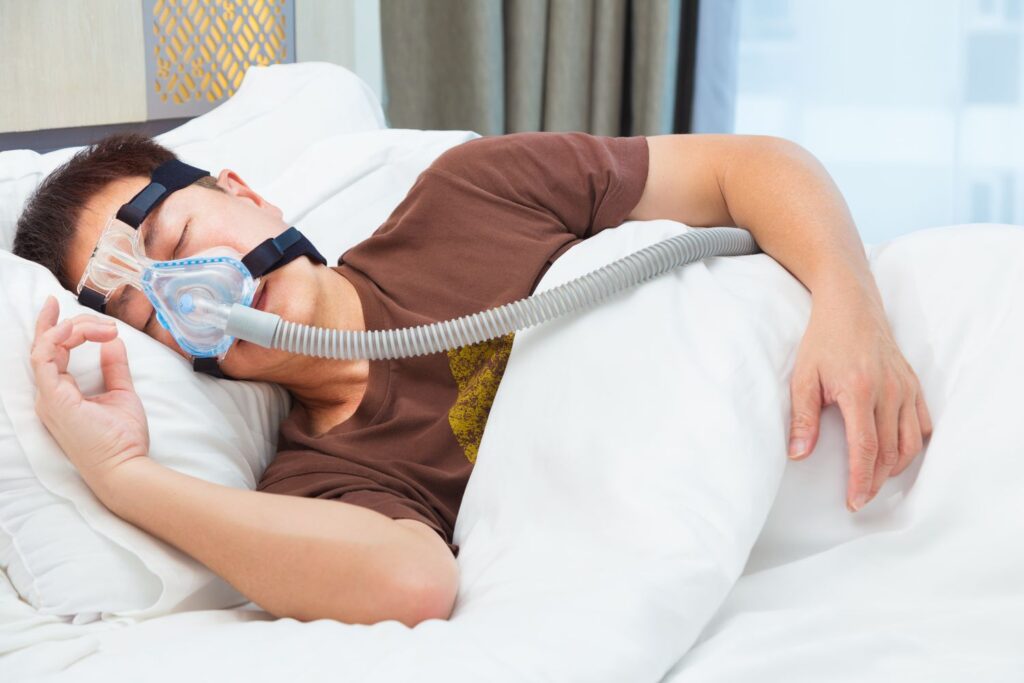Sleep is an essential component of overall health and well-being, yet millions of Australians suffer from sleep disorders, with sleep apnea being one of the most prevalent. In Perth, the importance of early detection and diagnosis of sleep apnea cannot be overstated. This article delves into the significance of sleep apnea tests, the various types of tests available, and the benefits of early intervention for better sleep health.
Understanding Sleep Apnea
Sleep apnea is a serious sleep disorder characterised by repeated interruptions in breathing during sleep. These interruptions can last for a few seconds to minutes and may occur numerous times throughout the night. The most common type is obstructive sleep apnea (OSA), which occurs when the muscles in the throat relax excessively, blocking the airway. Another type, central sleep apnea, occurs when the brain fails to send proper signals to the muscles that control breathing.
Preparation for a sleep apnea test Perth can vary depending on the type of test being conducted. For a home sleep test, individuals may be instructed to refrain from consuming alcohol or caffeine on the day of the test, as these substances can affect sleep quality. It is also advisable to maintain a regular sleep schedule leading up to the test.

Symptoms of sleep apnea often include loud snoring, gasping for air during sleep, excessive daytime sleepiness, and difficulty concentrating. If left untreated, sleep apnea can lead to a range of health issues, including cardiovascular problems, diabetes, and impaired cognitive function. Understanding the signs and symptoms is crucial for seeking timely medical advice.
Risk Factors for Sleep Apnea
Several factors can increase the likelihood of developing sleep apnea. These include obesity, age, gender (men are more likely to be affected), family history, and lifestyle choices such as smoking and alcohol consumption. Additionally, certain medical conditions, such as hypertension and diabetes, can exacerbate the risk of sleep apnea.
Being aware of these risk factors can help individuals recognise their susceptibility to sleep apnea and encourage them to seek testing and evaluation, particularly if they experience symptoms. Early detection can significantly improve treatment outcomes and overall quality of life.
Learn more on: Home Sleep Study Perth Comfortable Testing from the Comfort of Home
Importance of Sleep Apnea Testing
Testing for sleep apnea is vital for accurate diagnosis and effective treatment. Many individuals may not realise they have sleep apnea, as symptoms can be subtle or mistaken for other conditions. A sleep apnea test can provide valuable insights into an individual’s sleep patterns and breathing behaviour, enabling healthcare professionals to recommend appropriate interventions.
In Perth, various testing options are available, ranging from home sleep tests to comprehensive sleep studies conducted in specialised sleep clinics. Each method has its advantages, and the choice of test often depends on the severity of symptoms and the recommendations of a healthcare provider. Find more about symptoms on https://healthcare.utah.edu/the-scope/health-library/all/2017/12/what-are-syndromes
Types of Sleep Apnea Tests
- Home Sleep Apnoea Testing (HSAT): This is a convenient option for individuals who may not require an extensive evaluation. Patients use portable monitoring devices at home to record their breathing patterns, oxygen levels, and heart rate during sleep.
- Polysomnography (PSG): Conducted in a sleep laboratory, this comprehensive test monitors brain activity, eye movements, heart rate, and breathing patterns throughout the night. PSG provides a detailed analysis and is often recommended for complex cases.
- Split-Night Study: This combines diagnostic and therapeutic processes in one night. If sleep apnea is confirmed during the first half of the night, the second half is dedicated to titrating continuous positive airway pressure (CPAP) therapy.

Preparing for a Sleep Apnea Test
For those undergoing polysomnography, patients may be asked to arrive at the sleep clinic in the evening, where they will be connected to various monitoring devices. It is essential to communicate any medications or health conditions to the healthcare provider prior to the test.
What to Expect During the Test
During a home sleep test, individuals will typically wear a device that monitors their breathing and oxygen levels while they sleep. The device is designed to be user-friendly, allowing for a comfortable night’s sleep in the familiar environment of one’s home.
In contrast, a polysomnography test involves spending the night in a sleep clinic, where technicians will monitor the individual’s sleep patterns closely. Electrodes will be placed on the scalp, face, and body to track various physiological parameters. Although the environment may feel different, the staff is trained to ensure comfort and ease throughout the process.
Interpreting Test Results
Once the sleep test is completed, the results will be analysed by a sleep specialist. The findings will indicate whether sleep apnea is present and, if so, its severity. The Apnoea-Hypopnoea Index (AHI) is commonly used to classify the severity of sleep apnea:
- Normal: AHI of less than 5
- Mild: AHI of 5 to 15
- Moderate: AHI of 15 to 30
- Severe: AHI of more than 30
Understanding these results is crucial for determining the most effective treatment options. A healthcare provider will discuss the findings in detail and recommend a tailored approach to managing sleep apnea.
Treatment Options for Sleep Apnea
Treatment for sleep apnea varies based on the severity of the condition and individual patient needs. Common treatment options include lifestyle changes, continuous positive airway pressure (CPAP) therapy, oral appliances, and, in some cases, surgical interventions.
For mild cases, lifestyle modifications such as weight loss, quitting smoking, and avoiding alcohol can significantly improve symptoms. CPAP therapy, which involves wearing a mask that delivers a continuous stream of air to keep the airway open, is often the first-line treatment for moderate to severe sleep apnea.
Long-term Management and Follow-up
Managing sleep apnea is an ongoing process that may require regular follow-ups with healthcare providers. Adherence to treatment plans, whether it involves CPAP therapy or lifestyle changes, is crucial for long-term success. Patients should also monitor their symptoms and report any changes to their healthcare provider. To find more about adherence click here.
In addition to medical management, support groups and educational resources can be beneficial for individuals living with sleep apnea. Connecting with others who share similar experiences can provide encouragement and practical tips for managing the condition effectively.
Conclusion
Sleep apnea is a serious condition that can significantly impact overall health and quality of life. Early detection through appropriate testing is essential for effective management and treatment. In Perth, various testing options are available to accommodate individual needs, ensuring that those at risk can receive timely intervention.
By understanding the importance of sleep health and seeking help when necessary, individuals can take proactive steps towards better sleep and improved overall well-being. If you suspect you may have sleep apnea, consider consulting a healthcare professional to discuss the best testing options available in your area.




